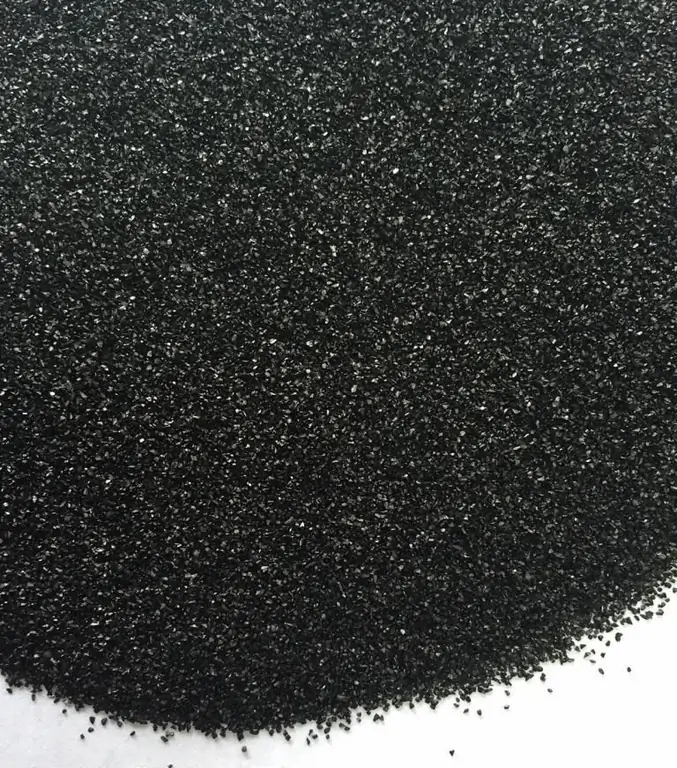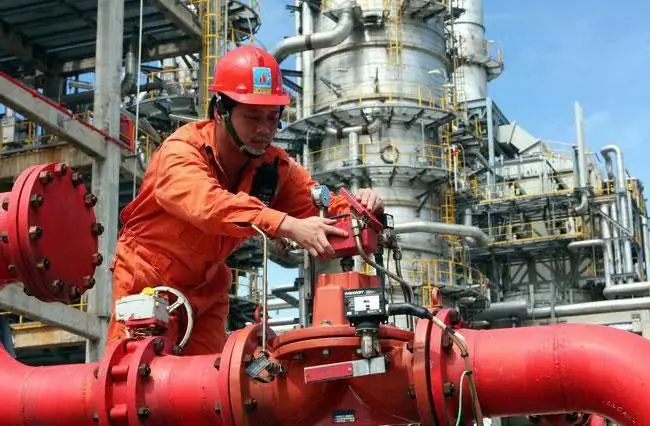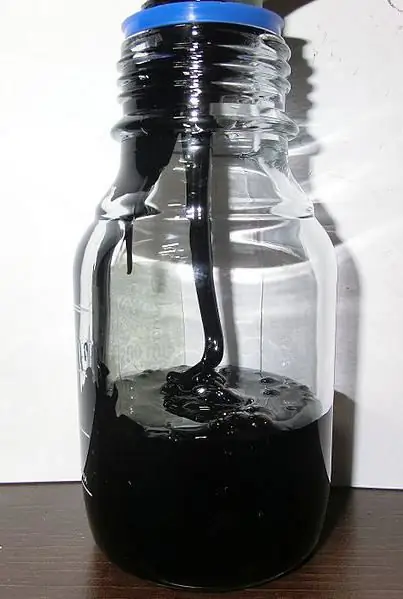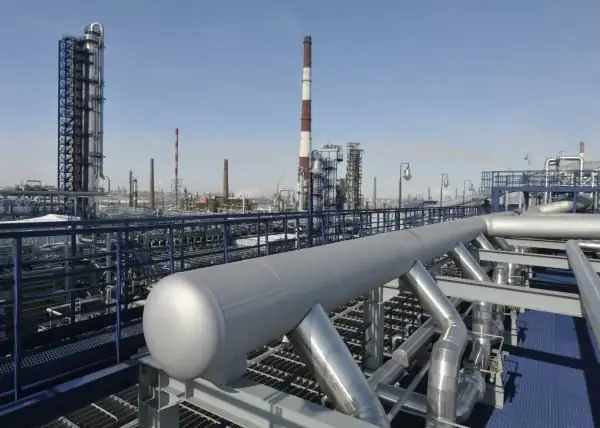2025 Author: Howard Calhoun | [email protected]. Last modified: 2025-01-24 13:10:31
Oil and natural gases, these unique minerals, are the main sources of hydrocarbons. Crude oil is a complex mixture of hydrocarbons with other compounds. Oil refining produces products that are then used in all industries, energy, agriculture and everyday life.

Crude oil is separated into its component parts by simple, fractional and vacuum distillation. The composition of the resulting fractions depends on the composition of the original crude oil.
Oil refining goes through several stages: fractional distillation, reforming, cracking and desulfurization.
Fractional distillation is the very first stage of processing, which divides it into fractions: gas, light, medium and fuel oil. Thus, the primary processing of oil allows you to immediately select the most valuable fractions.
- The gas fraction is the simplest unbranched hydrocarbons: butanes, propane and ethane.
- Gasoline, or light fraction, is a mixture of various light hydrocarbons, includingbranched and unbranched alkanes.
- Mazut remains after distillation of all other lighter fractions.

Further oil processing is carried out by cracking. In this case, the high-molecular compounds of crude oil are split into smaller ones, characteristic of low-boiling fractions. This important refining method makes it possible to obtain an additional amount of low-boiling oil fractions, the demand for which, especially in gasoline, is extremely high.
In industry, several types of cracking are used: catalytic, thermal and reforming. During thermal cracking, high-molecular compounds from heavy fractions of oil are split into low-molecular ones under the influence of high temperatures. Oil processing by cracking, both thermal and catalytic, gives a mixture of unsaturated and saturated hydrocarbons. Using the example of octadecane, the cracking process can be described by the formula:
S18N38 -> S9N20 + C9H18
At temperatures up to 1000°C, thermal decomposition of high-molecular oil products occurs, resulting in mainly light alkenes and aromatic hydrocarbons.
- Catalytic cracking takes place at relatively low temperatures, and a mixture of alumina and silica serves as a catalyst. In this case, a mixture of saturated and unsaturated hydrocarbons is also obtained. Oil refining by this method is used to obtain high-qualitygasoline.
- Reforming changes the structure of molecules or combines them into larger ones. In the process, low-quality low-molecular fractions of oil are converted, in particular, into high-grade gasoline fractions.

Natural and associated gases are a mixture of methane (up to 90% by volume) and its closest homologues, as well as a small amount of impurities.
The main task of gas processing is the conversion of saturated hydrocarbons contained in it into unsaturated hydrocarbons, which can later be used in chemical synthesis.
Thus, oil and gas processing makes it possible to obtain an extremely wide range of various petroleum products, from which, as a result of chemical synthesis, a huge variety of substances are obtained that are used in various sectors of the country's economy.
Recommended:
Wastewater treatment from oil products: methods, methods and efficiency

At the moment, technologies and means, methods and units, thanks to which wastewater treatment from oil products is carried out, are among the most important means of ensuring environmental protection. In our country, for about five years now, legislatively fixed standards for the purification of liquids discharged by enterprises have been in force. Documentation on this issue establishes the quality and volume of water that can be produced by industrial facilities
What is produced from oil? Oil refining technology

What is produced from oil: features, composition, types of products, photos. Oil refining technology: methods
Oil is a mineral. Oil deposits. Oil production

Oil is one of the world's most important minerals (hydrocarbon fuel). It is a raw material for the production of fuels, lubricants and other materials
Syzran Refinery. Oil refining industry. Refinery

Oil is one of the most important assets of our country, since not only the financial position of our state, but also its energy security directly depends on the "black gold". One of the pillars of the domestic oil refining industry is the Syzran Refinery
How is oil produced? Where is oil produced? Oil price

Currently, it is impossible to imagine the modern world without oil. It is the main source of fuel for various transport, raw materials for the production of various consumer goods, medicines and other things. How is oil produced?

